Coming to Con Dao, in addition to visiting historical sites, many people spend time admiring the ancient banyan trees on streets such as Ton Duc Thang, Le Duan...
Heritage banyan trees on Ton Duc Thang Street. |
The banyan trees here are more than 100 years old, have gone through many ups and downs of history with the local people and are a typical symbol of the sacred land of Con Dao .
Row of banyan trees on Le Duan Street. |
According to the Con Dao National Monument Conservation Center, the entire district currently has 53 ancient banyan trees that were recognized as heritage trees in 2012. These banyan trees are all more than 100 years old, dating back to the year the French colonialists began building the prison in 1862.
Con Dao Pangium is a type of forest tree, with larger leaves and fruits than other types of Pangium. The trunk does not grow straight but leans in various shapes, with many mounds and large horns. Local people believe that over the years, Con Dao Pangium is exposed to rain, sun, and harsh storms, so the leaves are darker, the base is wider, and the bark is rougher and more veined than Pangium grown on the mainland.
The ancient banyan trees on Ton Duc Thang Street, the area opposite the historic 914 pier, often attract tourists to take pictures and admire. |
The ancient banyan trees are all numbered by local authorities for management. Some trees are so large that 2-3 people cannot hug them. |
According to the stories of former political prisoners in Con Dao, everyone who was imprisoned here must have eaten guava leaves to "save hunger". Every time the prison guards let them out, they would secretly pick young guava leaves and green guava fruits, hide them on their bodies, put them in their mouths... and bring them back to their cells to share with their comrades.
Nowadays, Con Dao people also use the areca fruit to make special dishes such as roasted areca seeds and areca seed jam.
The island Lord's House relic site has up to 15 heritage trees, including 8 banyan trees, 4 purple-flowered lagerstroemia trees, 2 wild fig trees and 1 yellow-flowered frangipani tree. |
In addition to the banyan tree, in Con Dao there are dozens of other ancient trees such as the water fern, the forest fig... recognized as Vietnamese heritage trees.
Ms. Nguyen Thi Hanh (57 years old, living in Ho Chi Minh City) said that every time she visits Con Dao, she stops under the banyan trees on the road to admire and contemplate the ups and downs of the history of this place.
The ancient Diep Beo heritage tree on Nguyen Hue street provides shade for the entire street. |
Currently, Con Dao is a tourist destination for relaxation, sightseeing, and worship with a system of relic sites, cemeteries, and national park nature reserves that are known and visited by many people.
Source: https://tienphong.vn/nhung-cu-bang-di-san-hon-100-tuoi-tai-vung-dat-thieng-con-dao-post1739077.tpo


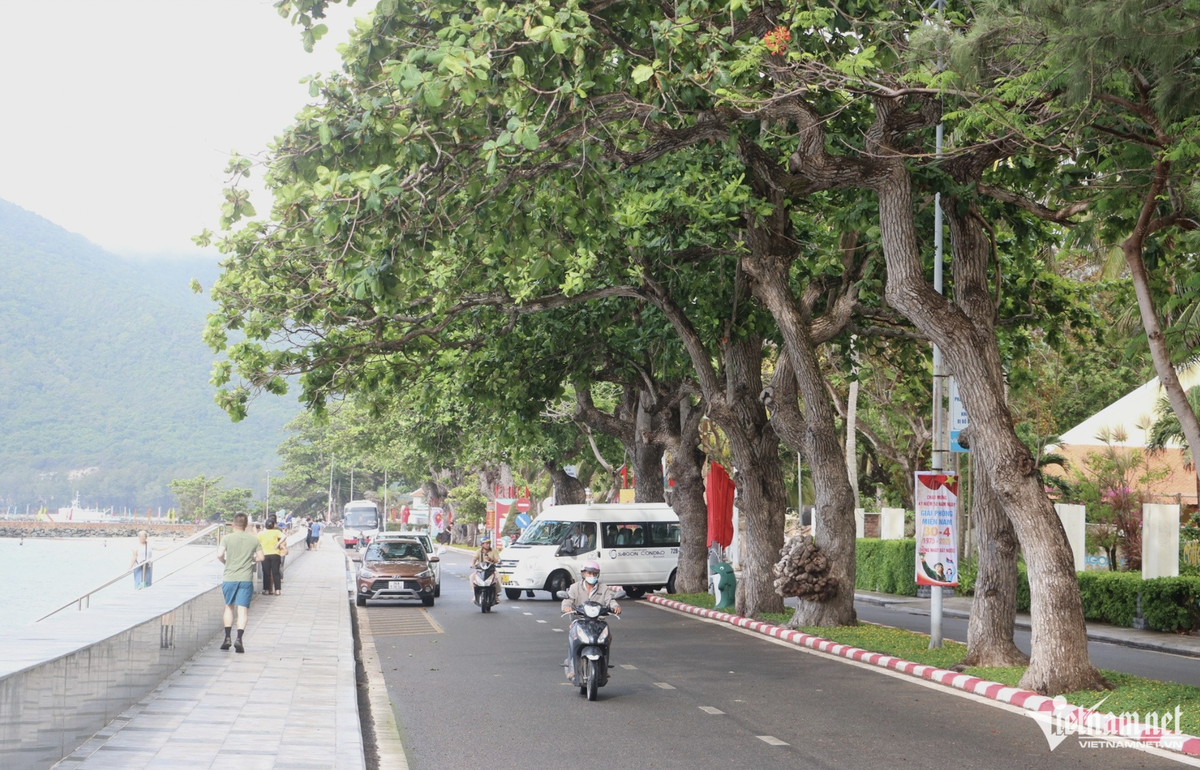
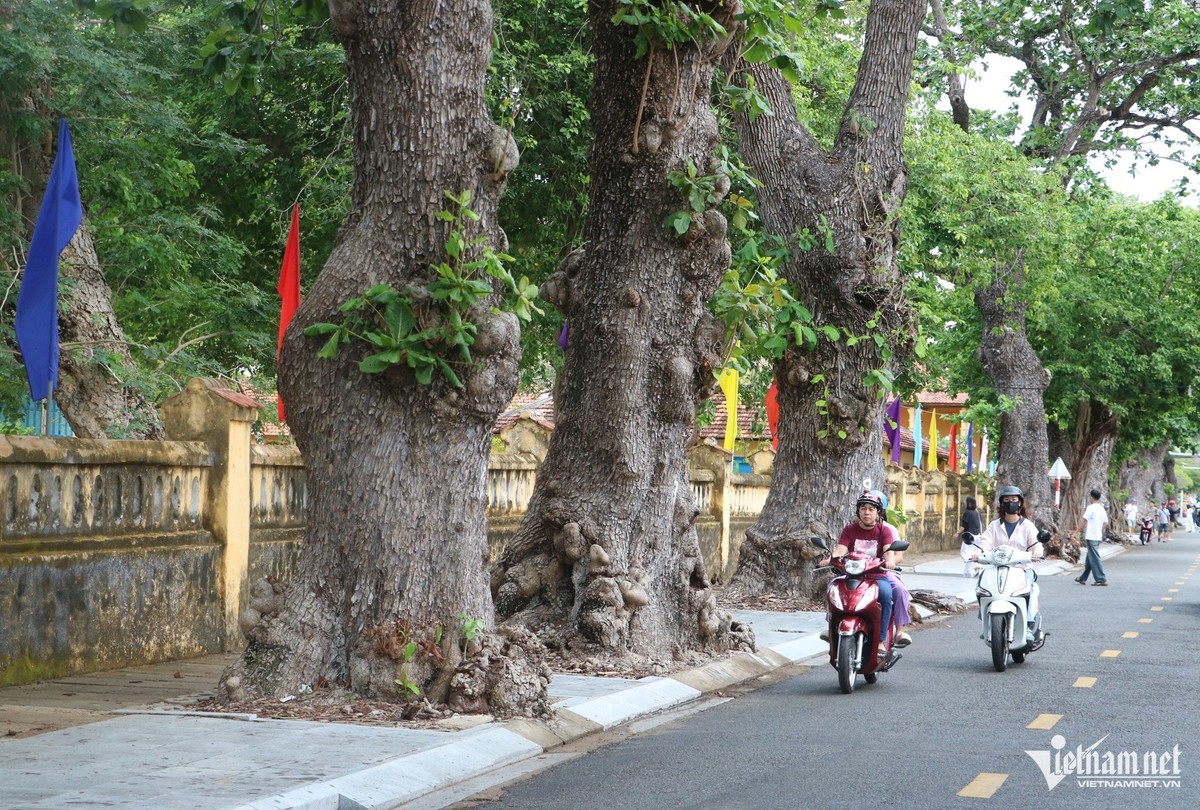
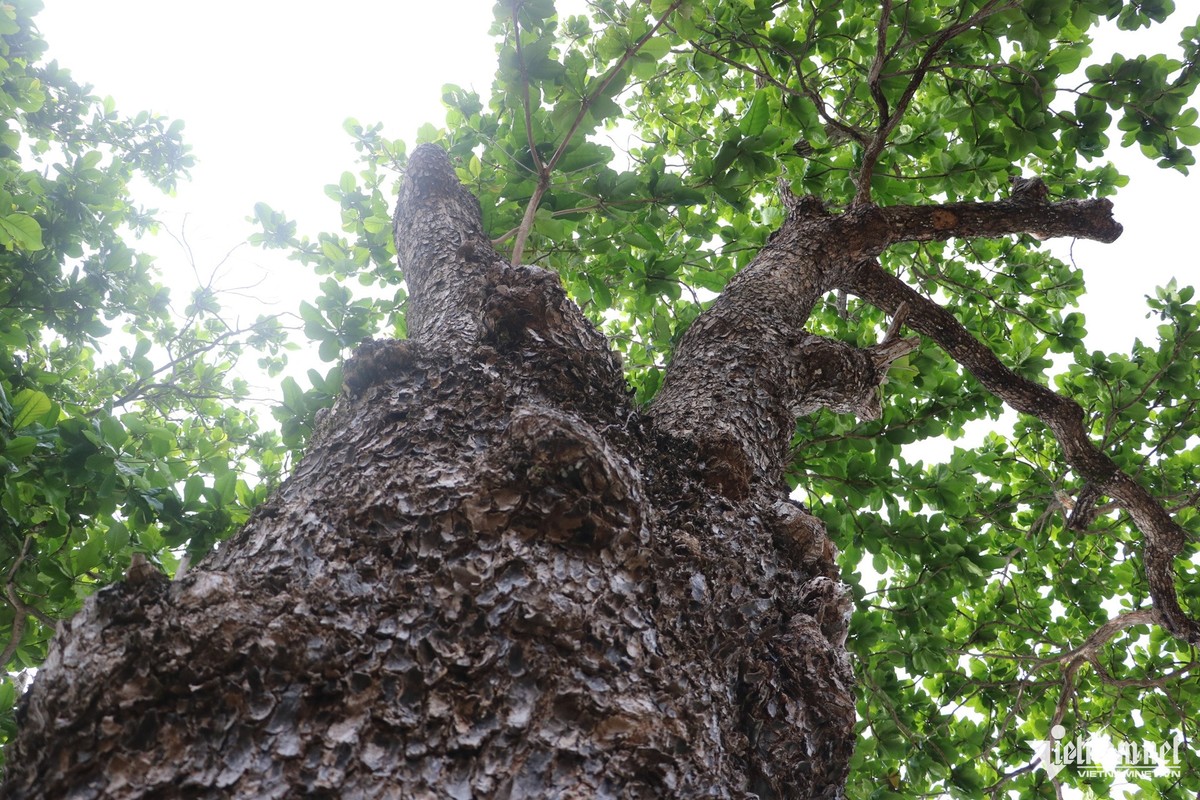

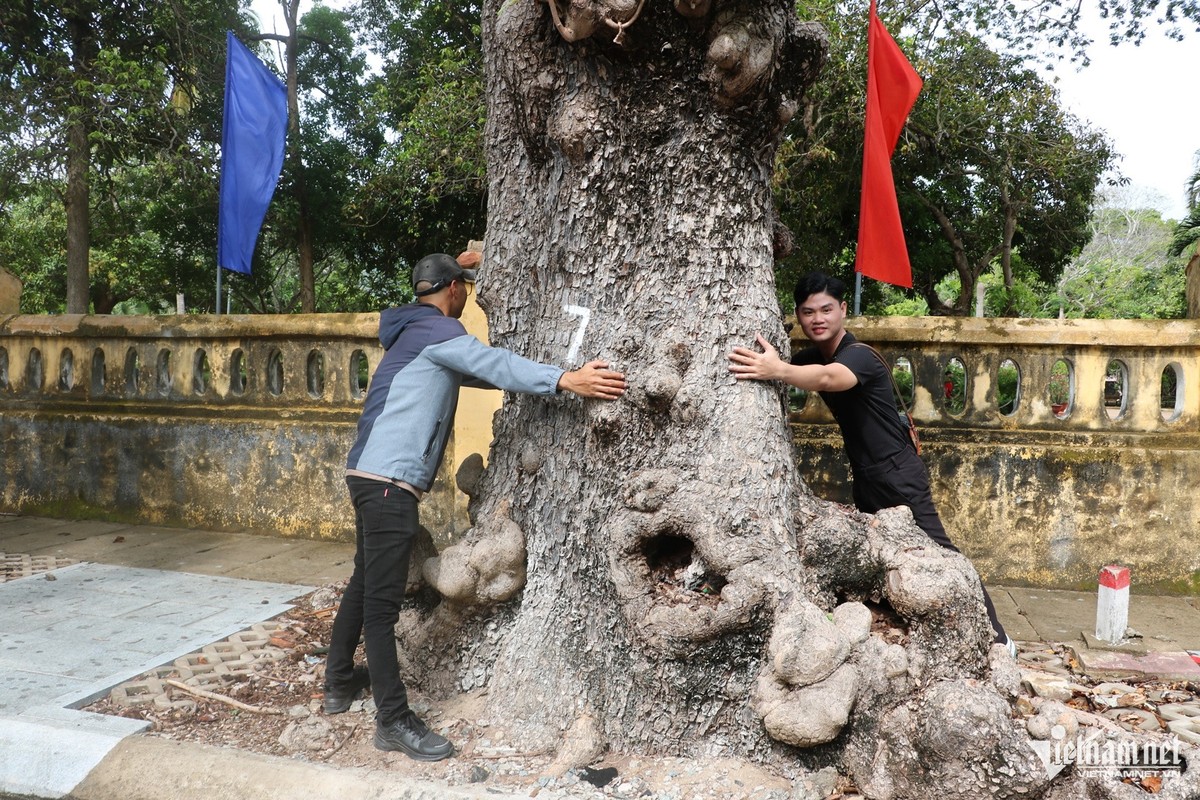
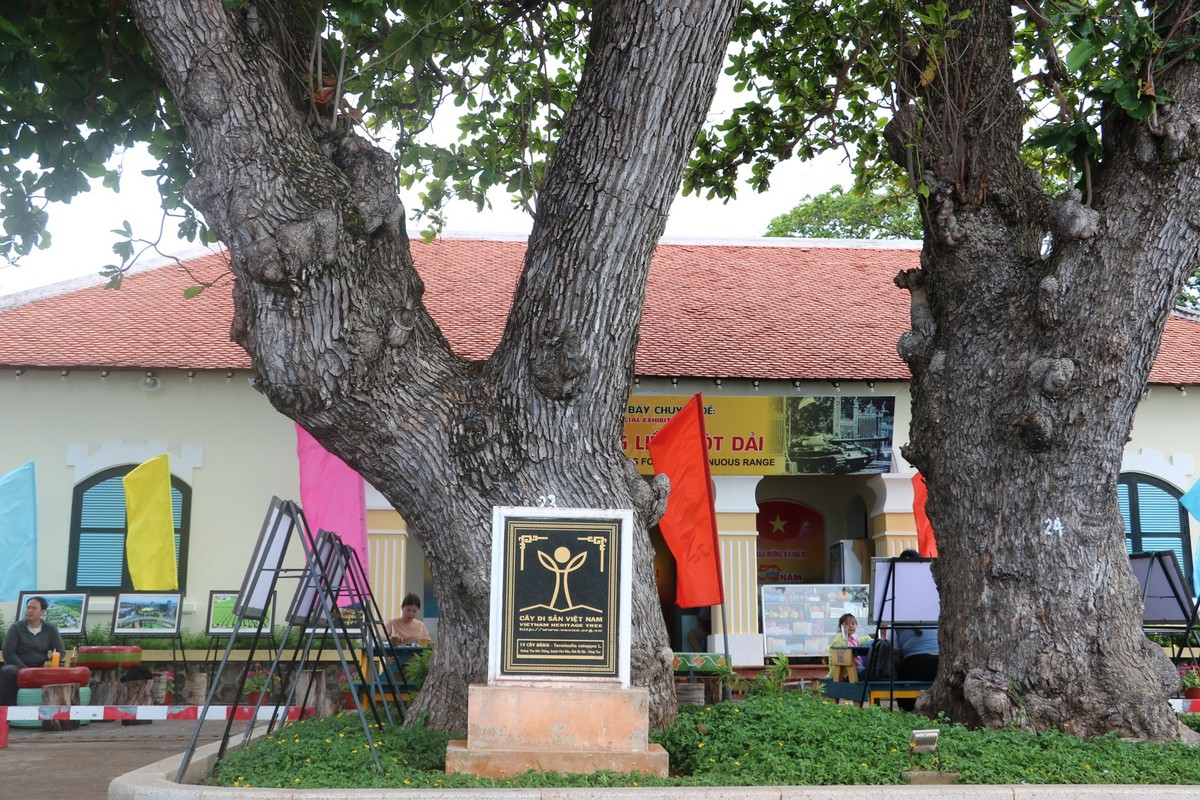

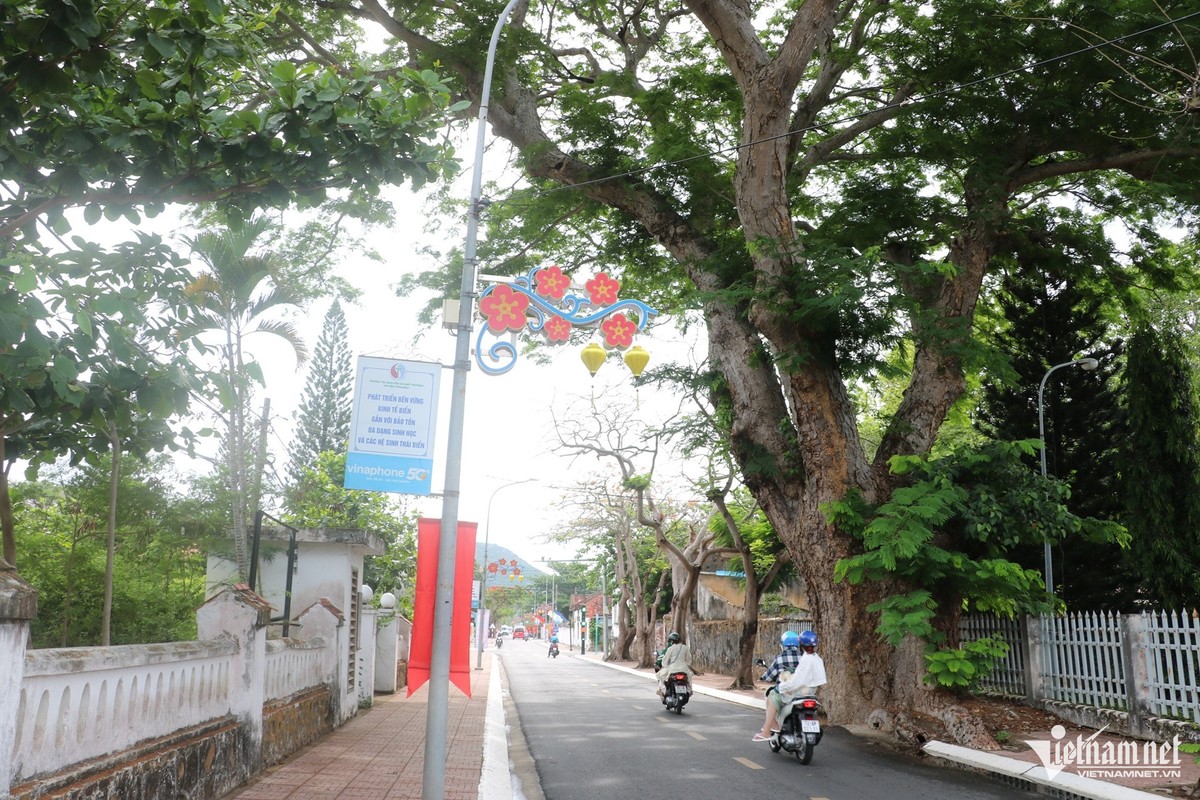
![[Photo] Opening of the 14th Conference of the 13th Party Central Committee](https://vphoto.vietnam.vn/thumb/1200x675/vietnam/resource/IMAGE/2025/11/05/1762310995216_a5-bnd-5742-5255-jpg.webp)




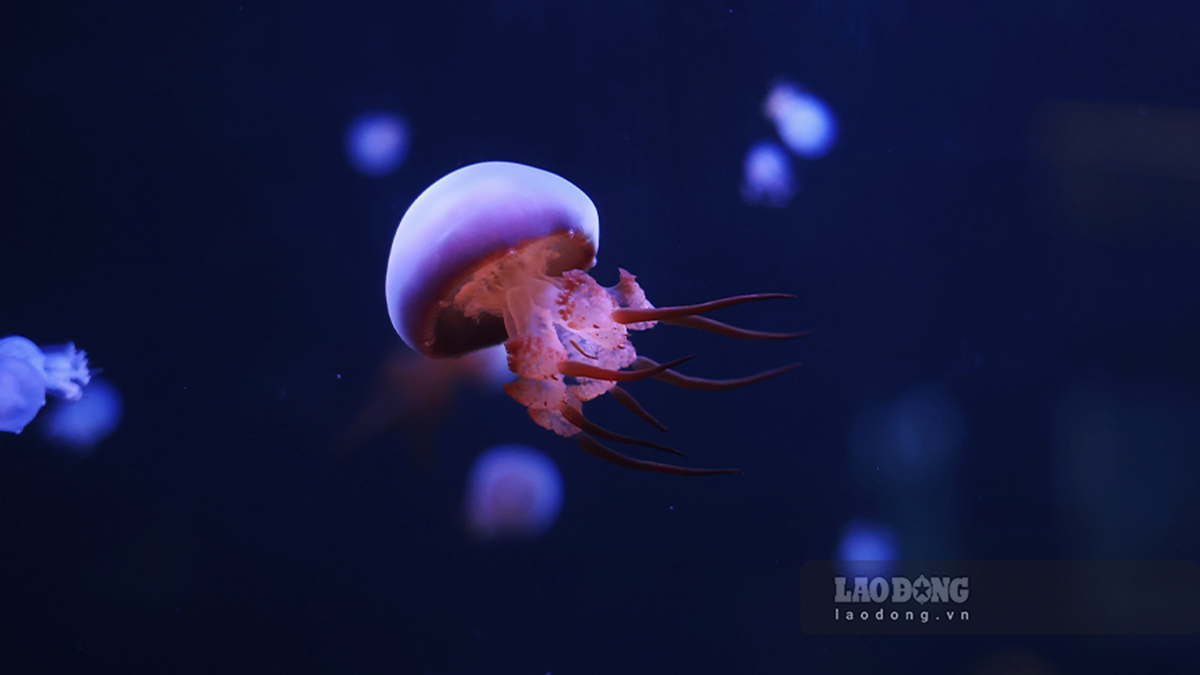
![[Photo] Ho Chi Minh City Youth Take Action for a Cleaner Environment](https://vphoto.vietnam.vn/thumb/402x226/vietnam/resource/IMAGE/2025/11/04/1762233574890_550816358-1108586934787014-6430522970717297480-n-1-jpg.webp)






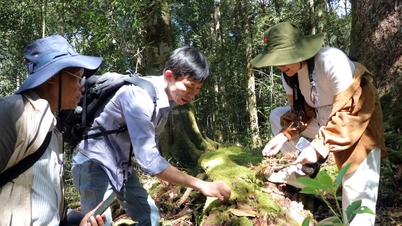

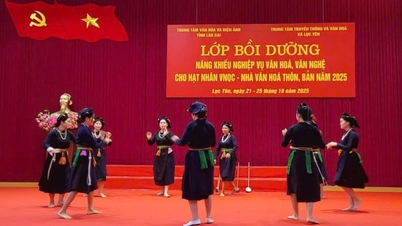



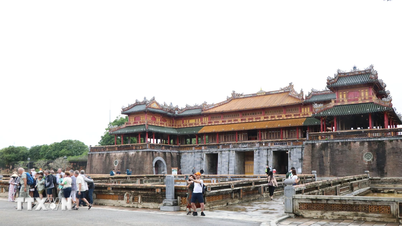



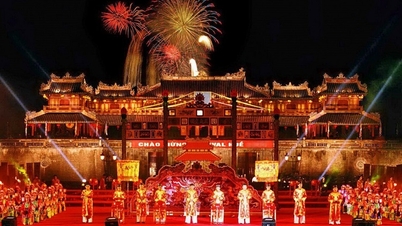

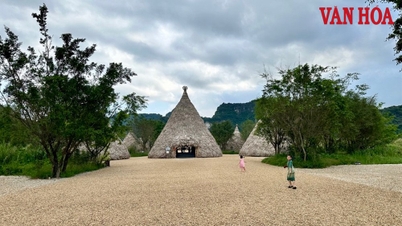

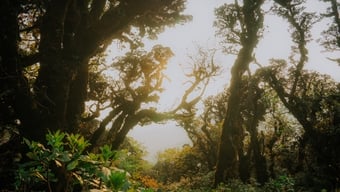








![[Photo] Panorama of the Patriotic Emulation Congress of Nhan Dan Newspaper for the period 2025-2030](https://vphoto.vietnam.vn/thumb/1200x675/vietnam/resource/IMAGE/2025/11/04/1762252775462_ndo_br_dhthiduayeuncbaond-6125-jpg.webp)

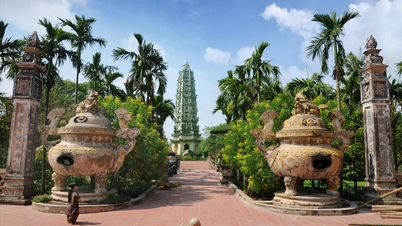





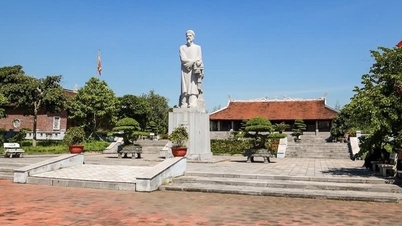






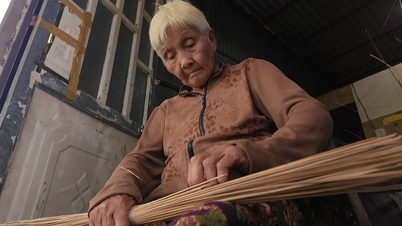



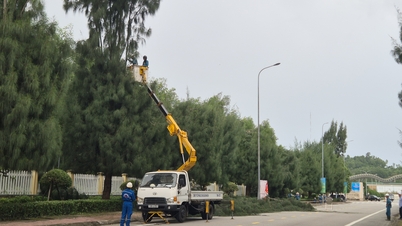

















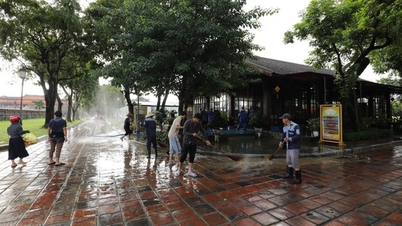













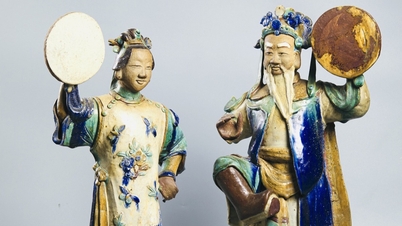



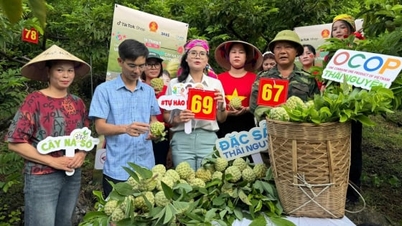









Comment (0)